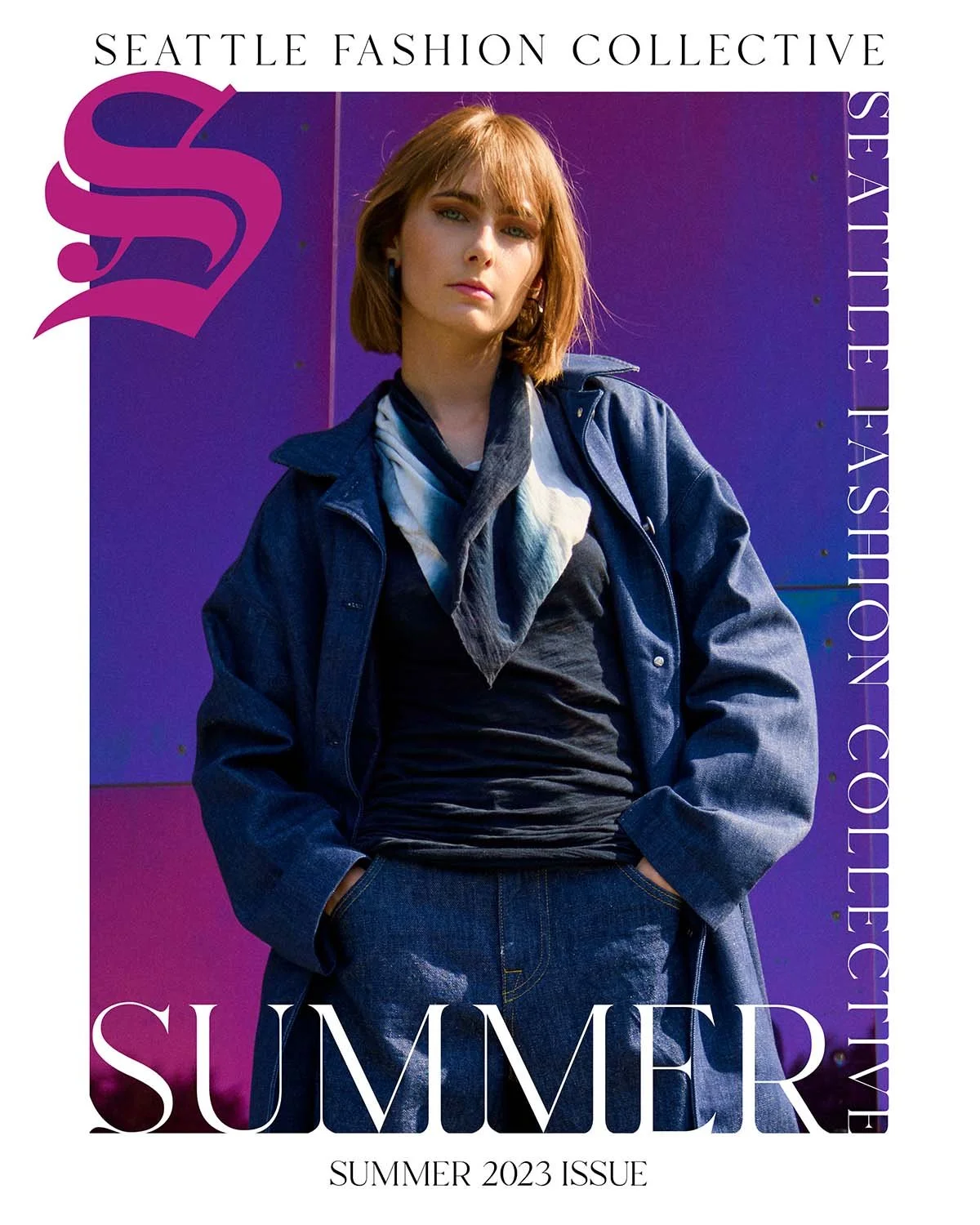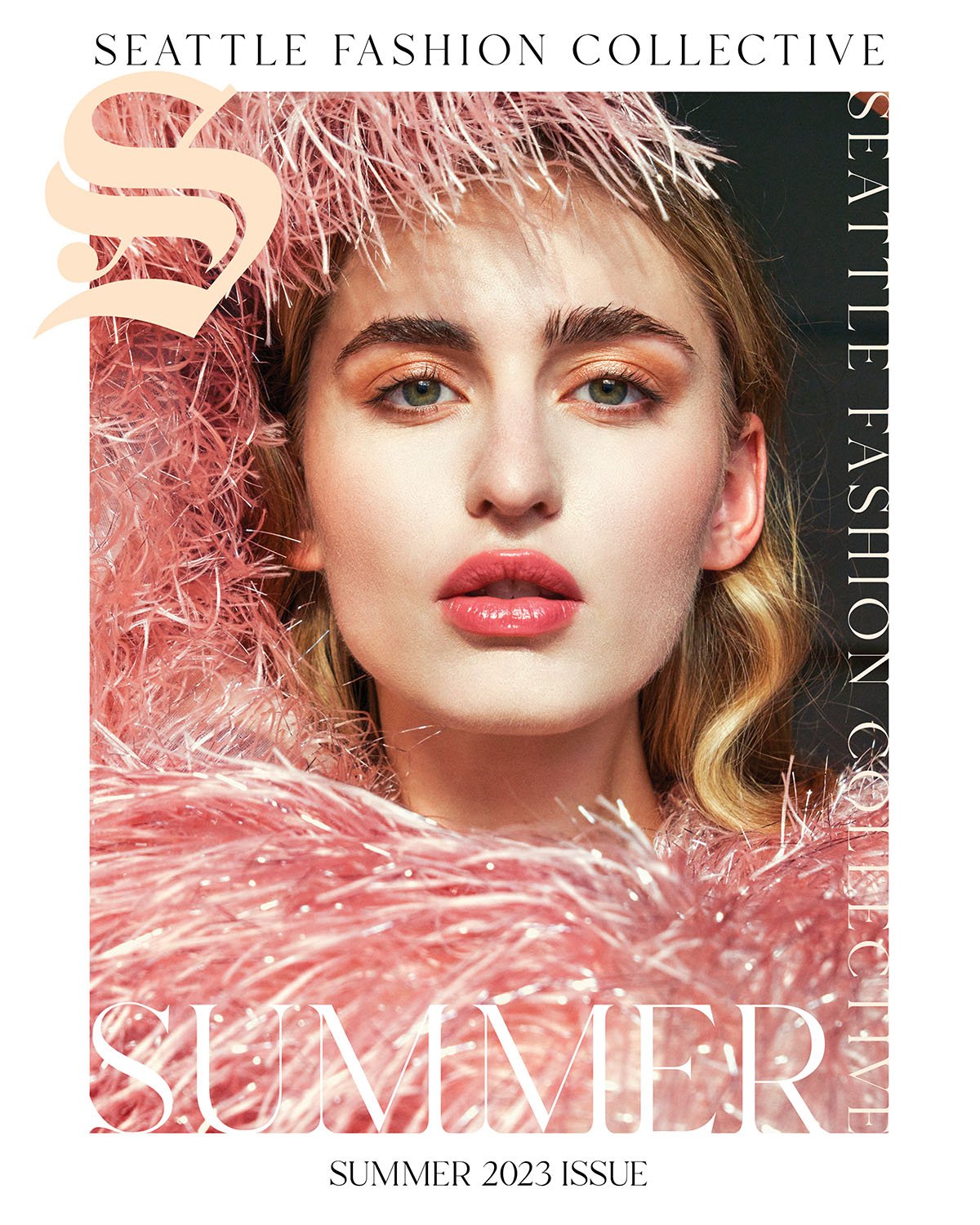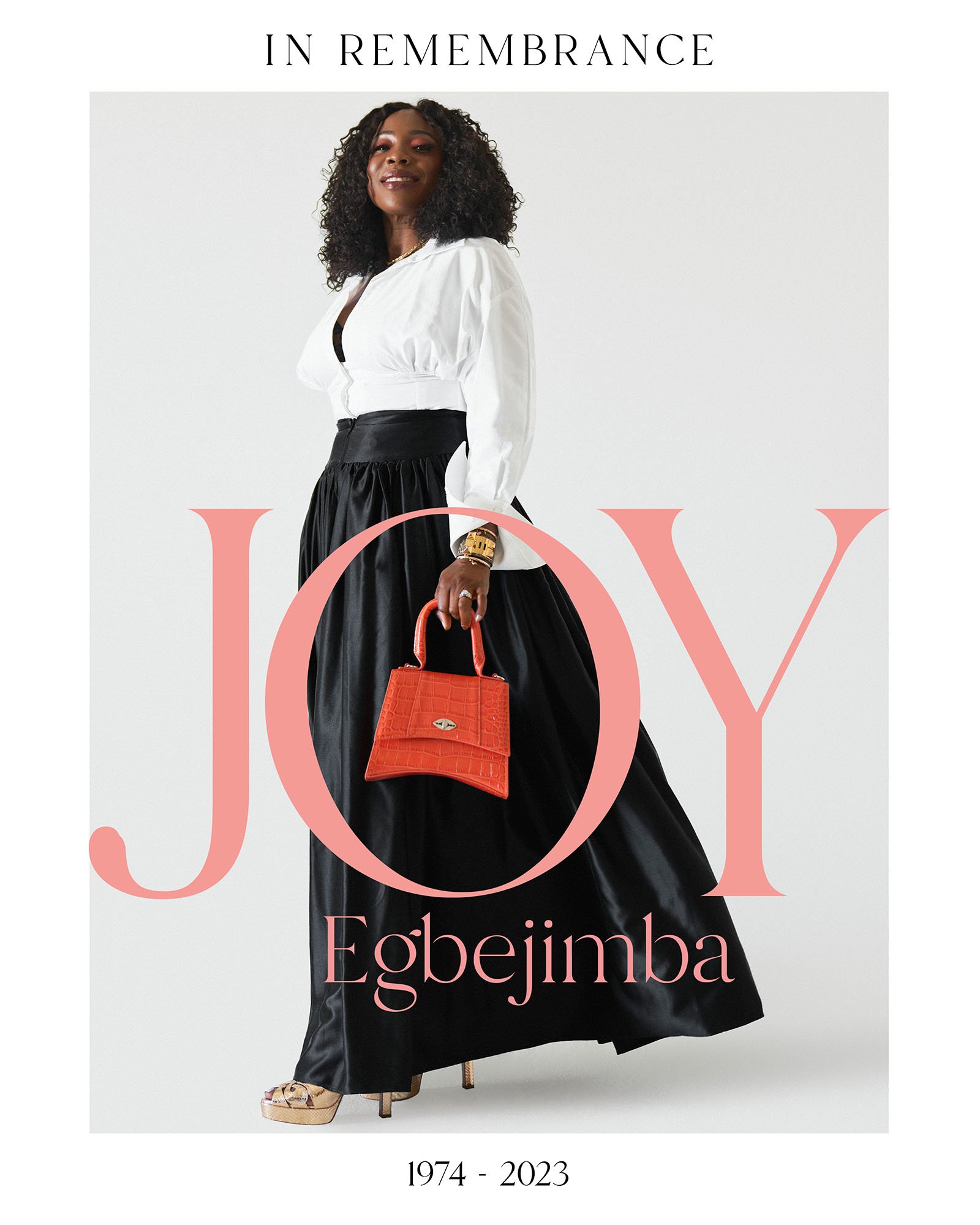Book Club: Seattle Style | Fashion/Function
12 min. read | Book Club | A.M.
“You look like something out of a penny dreadful.”
She wryly blurted as if I’d immediately nod in agreement. Perhaps it was the wine, or the gin, or the cigars, or the neon tavern sign flashing alternating hues onto my military inspired designer three-quarter peacoat—who knows. But we’re close friends, so I asked her the only sensible follow-up question I could think of—“What the hell does that mean?”
“No, I mean, I like it and everything. It’s just—you look old-timey, you know? Like you belong in Great Britain or something,” my anonymous friend replied.
I had always believed that one’s styling is an extension of one’s self—both who we are and how we see the world—so it was hard to absorb the anachronistic description. But she was right. And I knew it. If I had to confine my wildly vacillating style pursuits to a single thread, it would be something of a cross between Tom Ford, Burberry, and Comme des Garçons. If you could imagine that.
Which led to an inevitable question. As someone who spent their entire life in Seattle, how much of my sartorial pursuits were rooted in local expressions? Simply put: What is Seattle’s style? And how does that fit into the larger context of international fashion?
Ask 10 people about style in the Pacific Northwest and you’ll get ten different answers. To one, it’s a mashup of styles from London to Tokyo exemplified by neon hues and tartan flannels. To another, it’s about hipster flair featuring polished brogues, 80s-metal-band-inspired skinny jeans, and an original Crescent Down Works parka once belonging to a now departed loved one. To yet another, it’s a throwback to an era of exclusive galas and elegant evening wear rife with eye-catching colors, sheer fabrics, sheath silhouettes, and faux furs serving both the fashion of the time as well as a utility against the elements.
To those who’ve never lived here, Seattle’s style is synonymous with early 90s Grunge music—featuring stone-washed jeans with blown-out knees, Filson flannels thrown over a Sub Pop graphic T-shirt, and a Carhartt beanie worn over a head of unwashed hair. Not entirely inaccurate, but far from the de-facto ubiquity with which the world seems inordinately enamored, and remains a mantle they are all too eager to heap upon our grunge-weary region.
Perhaps a more fitting description these days would be “comfort wear” which has largely consisted of yoga pants (Lululemons or their equivalent), light cotton mockneck or merino wool crewneck sweater, Moncler quilted down vest, and either UGGs for comfort or equestrian-styled knee-high boots for glam.
But looking past the veneer of international opinion, it’s clear to see that a handful of transeasonal trends return with regularity. And therein we discover a common thread. Form and Function. Which is the thesis explored by Clara Berg and the Museum of History & Industry in the phenomenal book Seattle Style: Fashion/Function which takes a look at fashion in the Pacific Northwest throughout the decades to discover a rich lexicon of sartorial expressions that surprisingly set as many trends as it followed.
SEATTLE STYLE
“Does Seattle have a style?” This is the question posed in the book’s introduction. And while it’s beyond our scope to discuss the history of apparel and accessories, it’s worth looking briefly at the history and people of our region.
The Pacific Northwest, and Seattle in particular, was settled by indigenous populations for ages before the Western Expansion saw a form of American colonialism lay claim to the region. Fueled largely by the economic engine of capitalism, many corporations and entrepreneurial individuals sought their opportunities to gain wealth through the exploitation of people and resources.
As a result, this mixture of geography, cultures, and industrialization wasn’t far from the centuries-long established economies and class systems seen in Europe at the time, which gave the aristocracy both the wealth and leisure to explore less harrowing pursuits, leaving the overwhelming majority neck-deep and coal-dusted in the business of the day.
The early Western settlers of the Pacific Northwest were hard-working, hard-living people, largely surviving on their wits and the agreements they made with local populations. These were loggers, trappers, hunters, fishers, ranchers, railroaders, mountaineers, and other battle-hardened groups that survived the journey across a largely unforgiving continent in a time that, for many, is increasingly impossible to imagine.
Fashion in those early days largely reflected both the people themselves and the expectations they held. For those with money and status, it was a luxury one could ill refuse to resemble the latest Parisian trends that made their way to the Northwest via New York and a handful of railways. For everyone else, you had whatever you could fashion from available textiles and resources. While it was a bonus to look presentable, it was out of necessity that one chose their apparel, knowing they might go a long time before acquiring a replacement.
Fashion curator and historian Clara Berg pictured at MOHAI’s exhibition, Seattle Style: Fashion/Function, September 2019.
Clara recounts with beautiful detail many of our region’s fashion innovations which were a response to environmental drivers:
“Dressing according to the weather in this region is a thousands-year-old practice begun by Native peoples, Seattle’s original inhabitants. . . . Seattle’s passion for blending weather-tested textiles with visual impact continues with traditional materials, as well as new ones like waxed cotton, Gore-Tex, and vinyl.”
Well-documented stories like the history of some of our most recognizable companies are briefly recounted along side incredibly rare finds, including a side-saddle riding habit once owned by John Collins family before its donation to MOHAI, as well as heeled leather boots by Wallin & Nordstrom and a church robe and hat owned by Rev. Dr. Samuel B. McKinney.
Clara even recounts stories like that of John Doyle Bishop who was named “Seattle’s leading fashion retailer” by WWD in the late 60s and 70s and whose clientele were once said to have belonged to his “high fashion cult” due to their fanatical devotion. And near the end, we discover a marvelous section entitled “Innovators And Rule Breakers” that shares stories from brands like 8th Generation, Eddie Bauer, TomboyX, and several others wherein, “The resulting garments reveal and celebrate the creativity, ingenuity, and diversity of the individuals who make up the region.”
Clara digs even deeper, identifying a common set of core of values and worldviews:
“Seattle is home to creative problem solvers and nonconformists, people who are up for disrupting the status quo and not afraid to go their own way.” The book contains page after page of beautiful, colorful, and striking imagery that recalls a time when there were no fewer than four types of dress occasion on a typical day. One would wear a look to the office, another for cocktails, another for casual activities, and finally a last look for the dinner party or special event. And the styles were wonderfully progressive, seeing colors, patterns, and textiles shared between gender expressions in an effort to adorn the wearer in their own experiential, wearable art. The story of Seattle’s fashion is clearly far more diverse than what we might see on a stroll through the Farmer’s Market on a brisk Saturday morning, pandemic notwithstanding.
Yet the formal representation never strays too far from utility, walking the fine line between pure artistry and how one is likely to utilize a garment in any given circumstance. This is perhaps best exemplified by the Workman Kilt by Utilikilts, which is exactly what it sounds like—a kilt that can serve as a utility belt whilst on assignment for a construction company. Clara describes, “In Seattle, you can spot Utilikilts everywhere from the city street to job sites to the opera. Their popularity is a resounding proof of the city’s nonconformist character.” True. For an iconoclastic region that was home to Jimi Hendrix, Bruce Lee, Pearl Jam, Soundgarden, and Nirvana, nonconformity is a prerequisite. Yet there are some things that so clearly bring us all together. There is a spirit that unites us in the belief that whomever we are, and however we choose to personally identify and express ourselves, we can and will continue to work for a better tomorrow, and that anything is possible if we’re willing to work hard for it.
Our region is no longer populated by pioneers from a bygone era seeking their fortunes while evading the elements. But we still value problem-solving and require apparel and accessories that solve problems unique to our age of tech titans, restauranteurs, software engineers, school teachers, and social workers. All of whom value pockets, in case you’re wondering.
The book ends, therefore, in perhaps the most fitting way. We see a black-and-white image from 1978 of a model in a gold dress posing mid-stride, arms planted immovably at the waist, hair in an up-do, gaze locked into the lens, in front of the iconic Public Market Center sign with the clock permanently frozen at 2:41pm. The street is largely empty, as passers by take little notice before shuffling off to see the market’s latest offerings in the distance. Quite a lot has changed since 1978. And quite a lot hasn’t. Fashion still exists, bold and prevalent as it ever was. Yet so few take notice, instead occupying themselves with the business of the day. This is neither good nor bad. It simply is, as it always has been. We’re a community of people from all over the world united by a common history of struggle and overcoming. We value equality and have no patience for empty words and promises. We see the best in others and call out the best in each other. And when we are in error, it is never for a lack of empathy.
Woman in gold dress standing in front of Pike Place Market in Seattle, 1978. Original image courtesy Seattle Post-Intellengencer Collection published in Seattle Style: Fashion/Function.
INDEPENDENT COMMUNITY
Fashion, then, plays an important role in our daily lives for its ability to solve two problems in particular. First, the problem of utility. Second, the problem of identity. The question of style, then, becomes one of individual tastes rather than the result of groupthink. Yet we long to be a part of something bigger than ourselves, and so often fall into well defined categories and tropes despite our nonconformist objections. If anyone can wear anything, then there are as many expressions of personal style as there are people. We are living in a long-tail world where subversive niches stand out precisely for their unique appeal, and we generally want something that allows us to feel unique, to feel that we matter, that we’re special, heard, loved, and accepted for who we are in a world that so often minimizes us and makes us feel like nothing we do ever matters. And we are constantly reminded of the dangers of mass-produced goods for our fellow global citizens as well as our planet, and therefore we feel stuck, unable or unwilling to contribute to systems that stand in opposition to a world in which we envision ourselves participating.
Brands like TomboyX have bridged this gap successfully by creating apparel and accessories that give us the safety and permission to explore both who we are now and who we could be if given the opportunity. And they’ve taken steps to ensure their supply chain is as ethical and responsible as it can be. And in so doing, they’ve given us a template that reveals a sustainable path forward.
But we’re now at something of a fork in the road. Seattle’s independent fashion community needs two things. Both are achievable. And both are quite a lot harder than they sound. We need security and opportunity.
We need to give ourselves permission to spend money on clothes again, which is a tough sell in especially now—a time when job security has been anything but secured, and when one is just as likely to spend all day in a Snuggie as they are throwing on a button-up for the pending Zoom call with their supervisor.
We also need opportunities to purchase things we can see ourselves in, and without adequate representation, we choose nothing, opting out and making due with what we have already. If the confused mind says No, then the consumer lacking options will always go to Amazon. Cheap sells—anyone telling you different wants your business, but probably won’t get it.
As I look back on my own personal tastes, I often ask, When’s the last time a clothing line looked anything like me? (Hint: Never.) And so I’m left hanging out to dry, wallet in hand, in a market saturated by images of people with more money, muscles, and way less body fat than me living a life completely removed from anything I’m likely to experience in the foreseeable future. Sound familiar? The art of fashion has always been elevated by fantasy. But the business of fashion is one hundred percent rooted in reality. And the reality is that our sense of style has been just as impacted by our present circumstances as have our lifestyles, careers, and personal relationships. If ever there was an opportunity for change, this is it. If only I could see myself reflected in the styles I so passionately desire.
CASUAL DRESS
In times like these, we often look to big business and industry leaders for guidance—if not in person, then we at least have a look at their marketing materials—because doing so quite often holds up a mirror to our own consumer spending habits, whether we want it to or not.
The truth is, we’re quite comfortable pursuing comfort. If last year’s style trends could be summed up in a single word, the term safety comes to mind. We want what’s safe and familiar, never straying too far from either, preferring the comfort of predictability in an increasingly chaotic world.
Our region is entering its fall/winter season, which signals fading daylight, frigid temperatures, foggy mornings, misty rainfall, and the potential for snow ever encroaching below the passes. If this year’s color palette looks anything like last year, it will be grey with a side of slightly darker grey and pops of vibrance for good measure. And with no other greater physical opportunities to venture out and strut one’s inner diva, we will rely on either very small gatherings with close friends and acquaintances, or digital dine-ins where the most anyone will ever see is a plummeting décolletage.
But all is not lost. The story of Seattle’s style is far from over. To paraphrase Shakespeare, now may be the winter of our discontent, but it will be made summer by the glorious sun of Creativity and a commitment to the cosmological constants of growth and change. Our style will continue to evolve, as it always has, both with and apart from trends. We are a paradoxical people, valuing self-reliance and nonconformity whilst championing our community’s progress and commitment to each other. And this is very good indeed. We require things in our lives that solve our immediate problems and generally pay a premium for the ones that solve them best. And our problems are both practical and symbolic, ranging from rent and internet access to gaining the confidence to come out to our loved ones. We desperately want to express ourselves, but so often require help doing it. And so the most reliable path forward is the one we’ve seen time and time again throughout our region’s long and storied fashion history. Form and function, as expressed through our individual worldviews and life experiences. In this way, Seattle’s style is deeply personal, yet contributes to the larger story of local and international fashion.
I had always believed that one’s styling is an extension of one’s self, both who we are and how we see the world. The next logical question, then, is who do we truly want to be? And what are we willing to do to get there?
—A.M.






